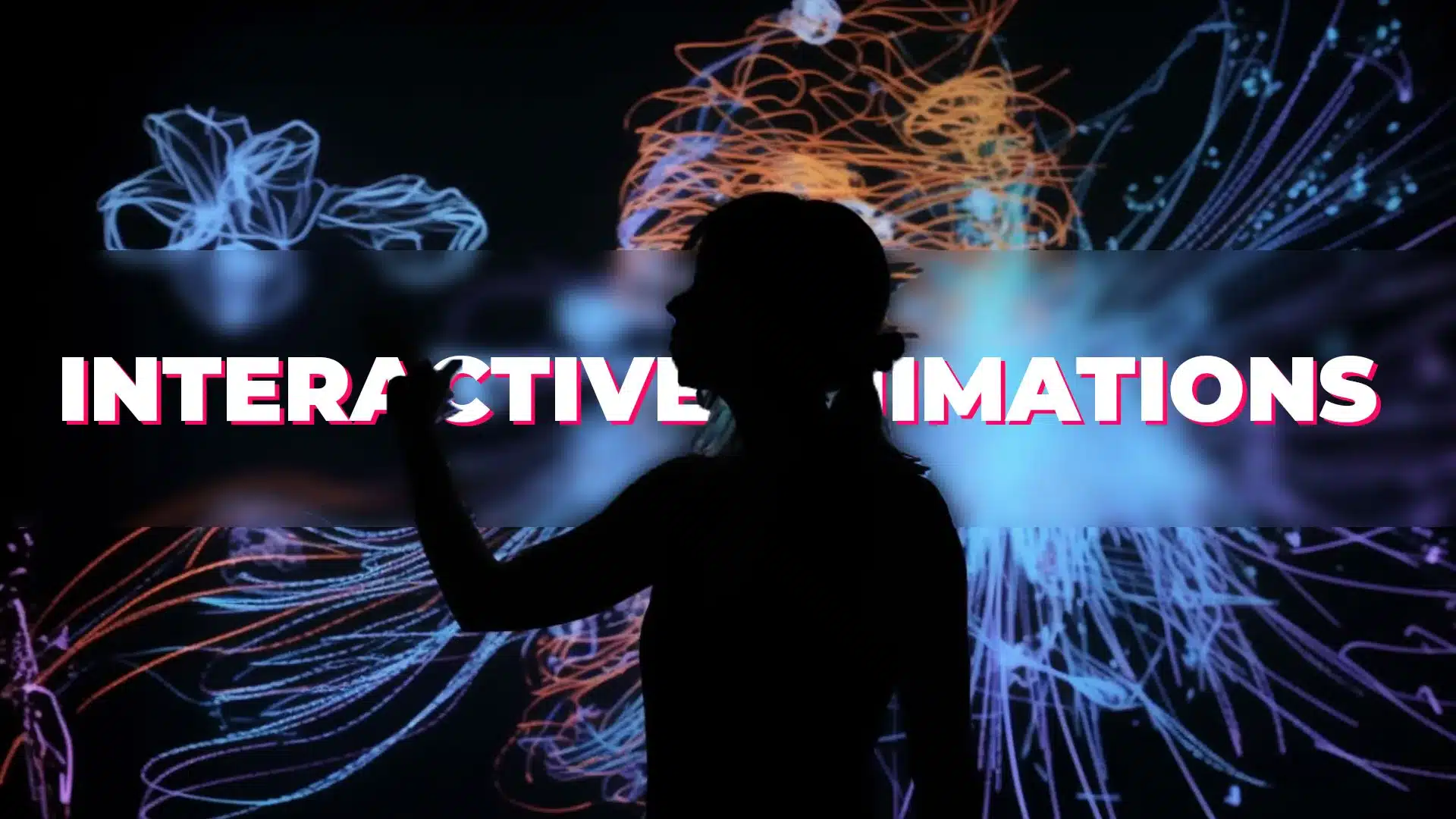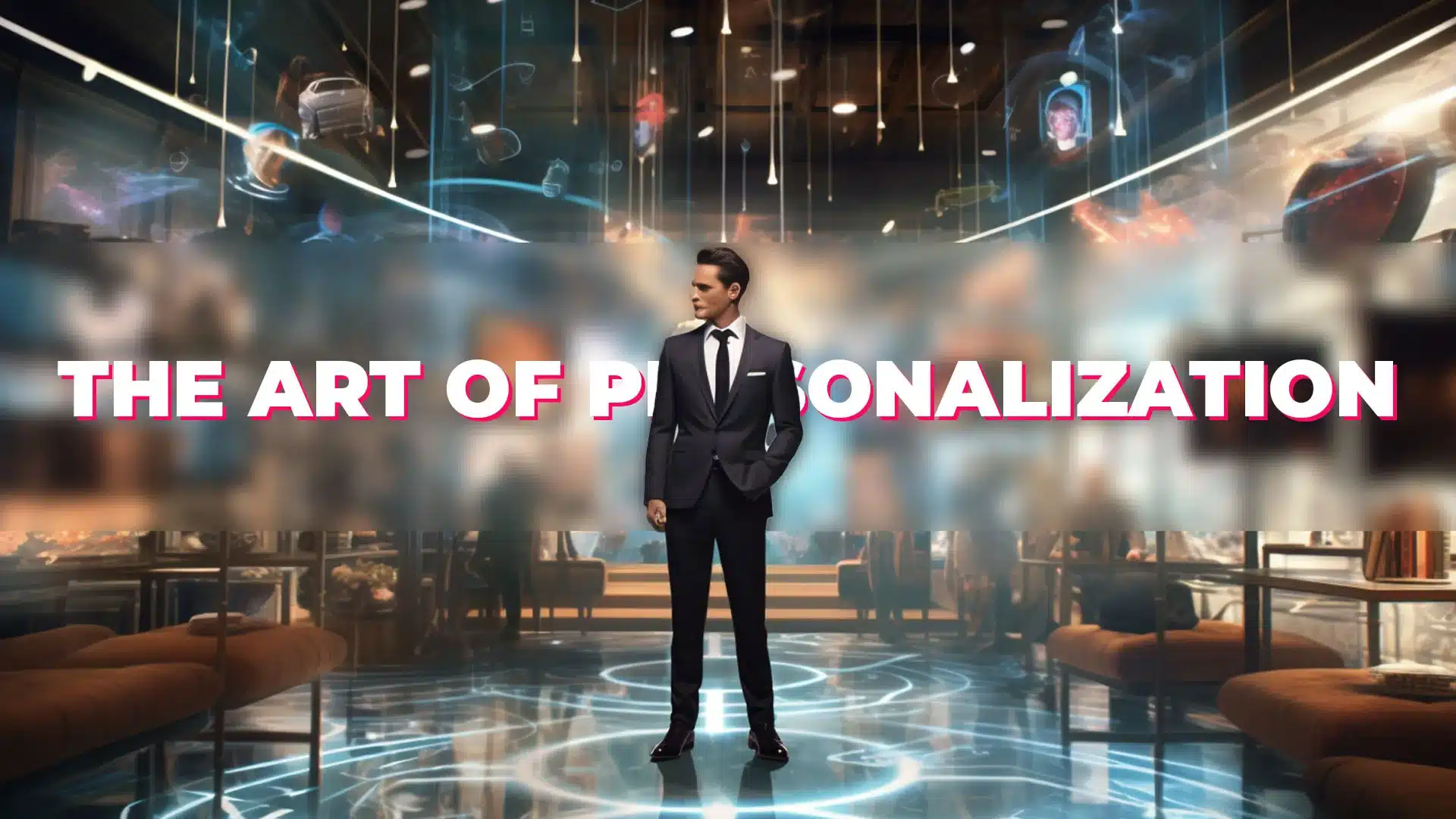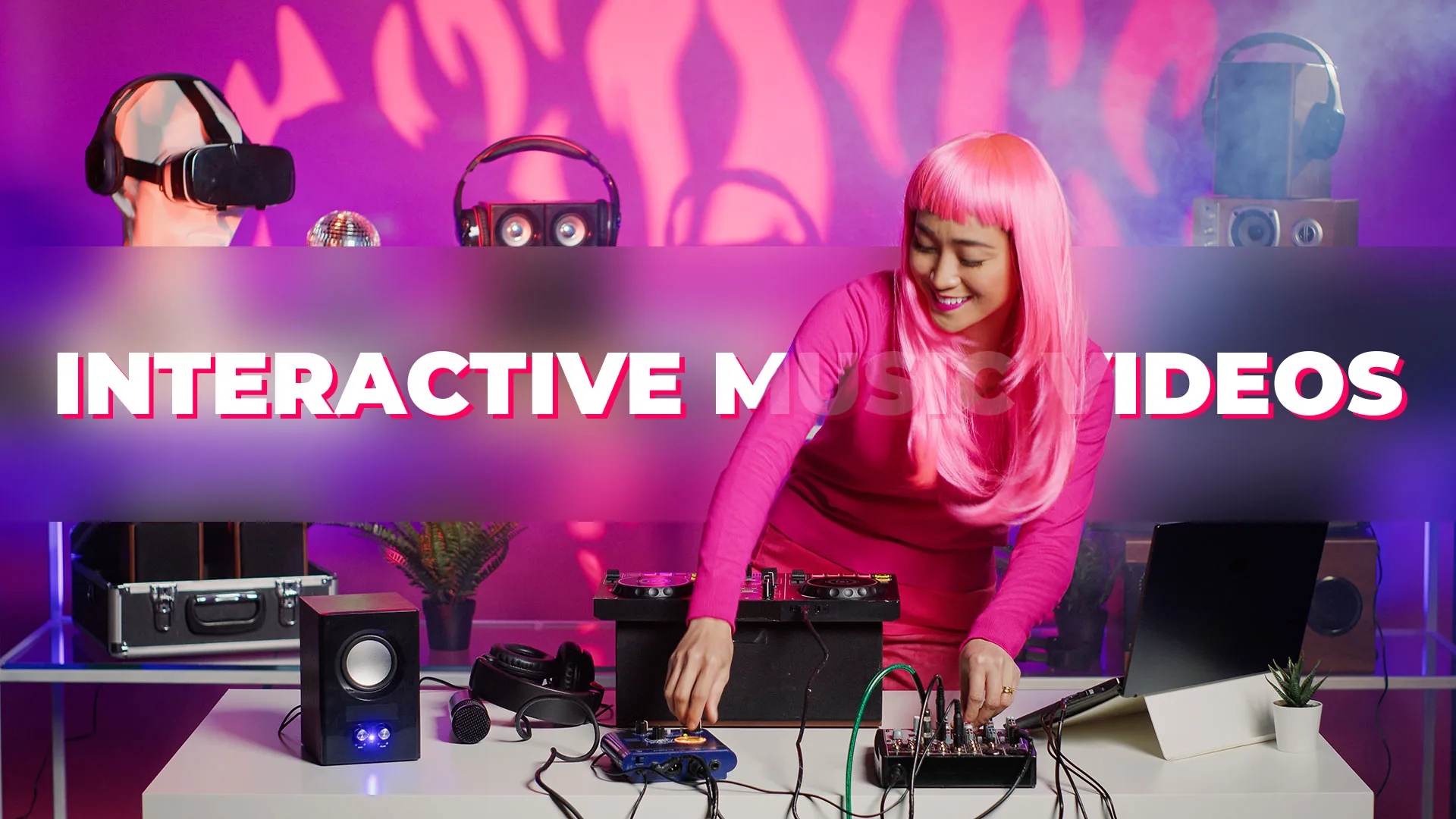💡 As the CEO of AddVideos, I’ve witnessed the transformative potential of CGI and visualisation in various industries. Today, I want to delve into the topic of AI’s impact on architectural visualisation and share insights on how CGI and visualisation companies can overcome the threat and maintain their relevance in the industry.
🌟 The Unique Advantage of Human Artists
When it comes to architectural visualisation, human artists possess an unrivaled ability to understand and communicate the vision and design intent of architects. Their creativity and unique perspectives bring a level of originality and emotional appeal that AI algorithms struggle to replicate. By focusing on areas where AI falls short, such as creating truly original images, CGI and visualisation companies can differentiate themselves and maintain their significance in the industry.
🚀 Staying Ahead of the Curve through R&D
To stay competitive, CGI and visualisation companies must invest in research and development. By exploring new technologies, tools, and techniques, these companies can continue to produce high-quality images and animations that push the boundaries of what AI can achieve. Real-time image capturing, lifelike animations, and innovative rendering methods are just some of the areas to explore. By embracing technology and fostering innovation, CGI and visualisation companies can provide immense value to their clients.
🤝 Collaboration between Human Artists and AI
Rather than viewing AI as a threat, CGI and visualisation companies can embrace collaboration with AI companies. AI algorithms can automate repetitive and time-consuming tasks, such as shading and lighting, allowing human artists to focus on the more creative aspects of image creation. By working together, human artists and AI algorithms can create highly realistic images that evoke emotional impact and captivate audiences.
💡 Adding Value through Immersive Experiences
To combat the AI challenge, CGI and visualisation companies can offer value-added services to their clients. Virtual reality (VR) and augmented reality (AR) solutions provide immersive and interactive experiences, enabling clients to truly experience building designs. These solutions offer a better understanding of design and assist in making informed decisions. By providing these unique services, CGI and visualisation companies distinguish themselves from AI-powered tools and maintain their relevance in the industry.
🌐 Understanding Clients and Unleashing Creativity
In the architectural visualisation industry, it is crucial for CGI and visualisation companies to deeply understand their clients’ design and project requirements. By collaborating closely with architects and designers, these companies ensure their images and animations accurately represent the design intent and meet client needs. The power of human creativity, combined with a deep understanding of clients, allows CGI and visualisation companies to thrive.
🔥 Join the Conversation!
Have you encountered the impact of AI in architectural visualisation? What challenges and opportunities have you experienced? Share your thoughts and experiences in the comments below. Let’s ignite a dialogue and learn from each other’s insights. 🔍✨
Don’t forget to visit our blog page for more content about digital interactivity!







